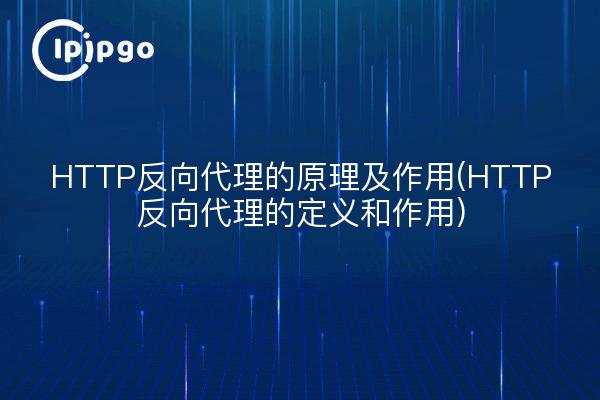
The principle and role of HTTP reverse proxy
HTTP reverse proxy means that the client does not know the real server address, but initiates a request to the reverse proxy, and then the reverse proxy forwards the request to the real server and returns the obtained result to the client. This proxy model can provide the client with load balancing, security, cache acceleration and other functions. In practice, reverse proxies are often used to hide the IP address of the real server and provide higher security.
HTTP reverse proxies serve a wide range of purposes, one of which is load balancing. With a reverse proxy, requests can be distributed to multiple servers to avoid overloading a single server and improve overall performance and stability. In addition, reverse proxies can also act as firewalls to protect real servers from malicious attacks. In addition, reverse proxies enable content caching to speed up client access.
Definition and role of HTTP reverse proxy
HTTP reverse proxy is a kind of proxy server, which receives and handles the client's request on behalf of the server, and plays a transit role between the client and the real server. After the client initiates a request to the reverse proxy, the reverse proxy sends the request to the real server and then returns the result to the client. This proxy model is transparent to the client, the client does not know the address of the real server, which can effectively protect the security of the server.
The role of HTTP reverse proxy is multifaceted. First, it enables load balancing to improve server performance and stability. Second, the reverse proxy can act as a firewall to protect the server from network attacks. In addition, the reverse proxy can also realize content caching, accelerate the access speed of the client and improve the user experience.
In general, HTTP reverse proxy plays an important role in improving server performance, protecting server security, accelerating client access speed, etc. It is an important part of Internet technology.








